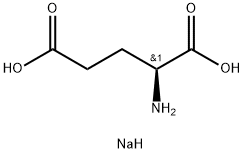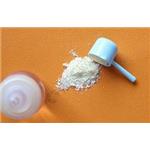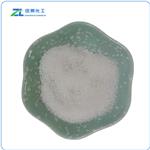
L-(+)Sodium glutamate
- Product NameL-(+)Sodium glutamate
- CAS142-47-2
- CBNumberCB8136677
- MFC5H10NNaO4
- MW171.13
- EINECS205-538-1
- MDL NumberMFCD00013074
- MOL File142-47-2.mol
- MSDS FileSDS
Chemical Properties
| Melting point | 232°C |
| alpha | 20 -3.5° (10% soln in 5° Bé HCl); D20 +25.16° (10g MSG/100ml 2N HCl) |
| Density | d20 (saturated water soln): 1.620 |
| refractive index | 25 ° (C=10, 2mol/L HCl) |
| FEMA | 2756 | MONOSODIUM GLUTAMATE |
| storage temp. | Keep in dark place,Inert atmosphere,Room temperature |
| solubility | Soluble in water; sparingly soluble in ethanol (95%). |
| form | powder |
| color | white to off-white |
| Odor | Odorless |
| biological source | synthetic |
| Water Solubility | >=10 g/100 mL at 20 ºC |
| Merck | 6254 |
| Stability | Hygroscopic |
| LogP | -1.44 |
| FDA 21 CFR | 184.1321 |
| Substances Added to Food (formerly EAFUS) | MONOSODIUM GLUTAMATE |
| SCOGS (Select Committee on GRAS Substances) | Monosodium L-glutamate |
Safety
| Risk Statements | 20/21/22 |
| WGK Germany | 2 |
| RTECS | MA1578000 |
| TSCA | Yes |
| HS Code | 29224999 |
| Hazardous Substances Data | 142-47-2(Hazardous Substances Data) |
| Toxicity | LD50 i.g. in mice: 19.9 g/kg (Eka) |


